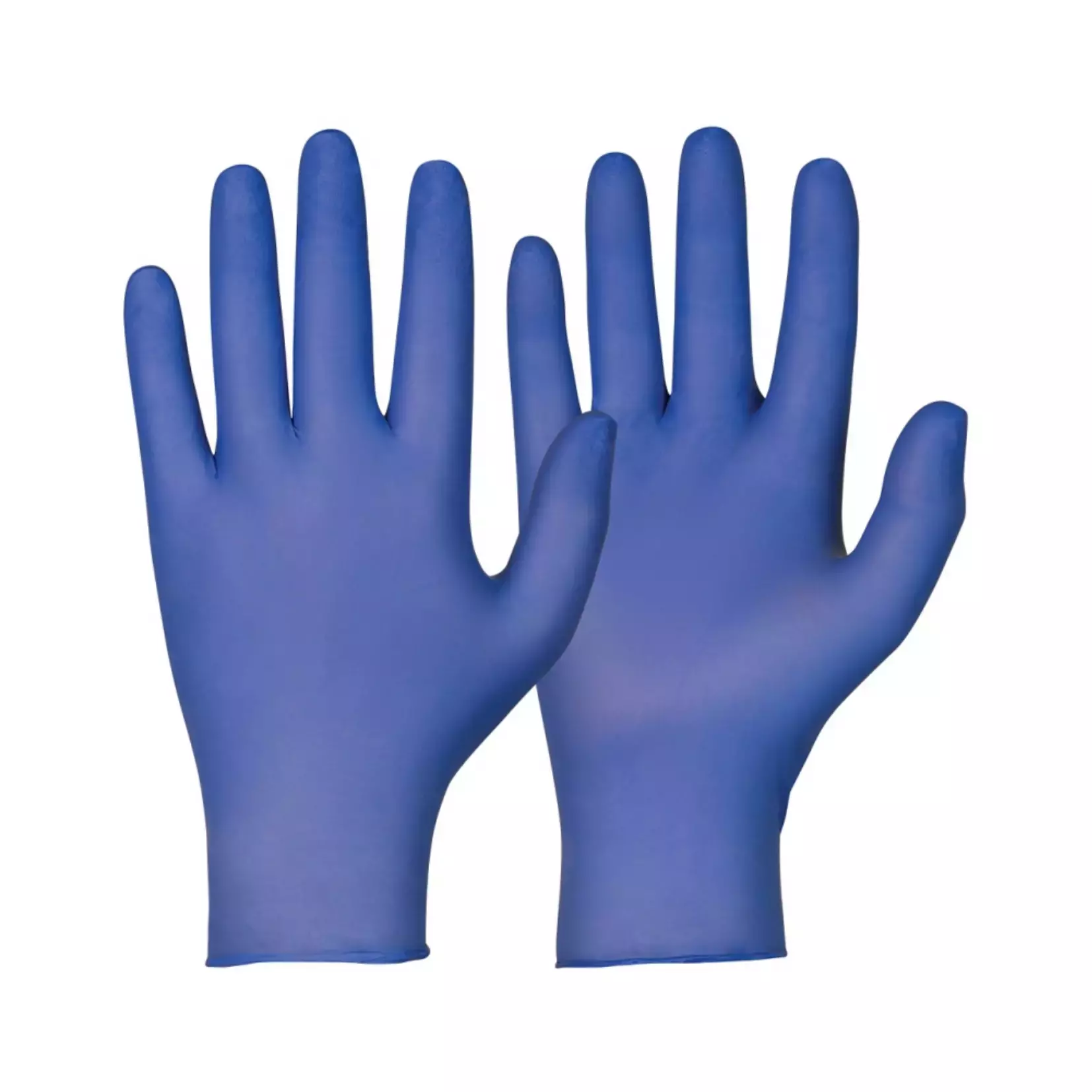Loading Granberg for Germany
Change the country of delivery or ask for an alternative for product code TRL-630 by contacting one of our product experts.

Granberg Nitrile Gloves
Granberg Nitrile Gloves
(19)
Change the country of delivery or ask for an alternative for product code TRL-630 by contacting one of our product experts.
Get help from our experts
You can pay with any of the following popular payment methods:
Get in touch with our customer support if you need help
Get help from our experts